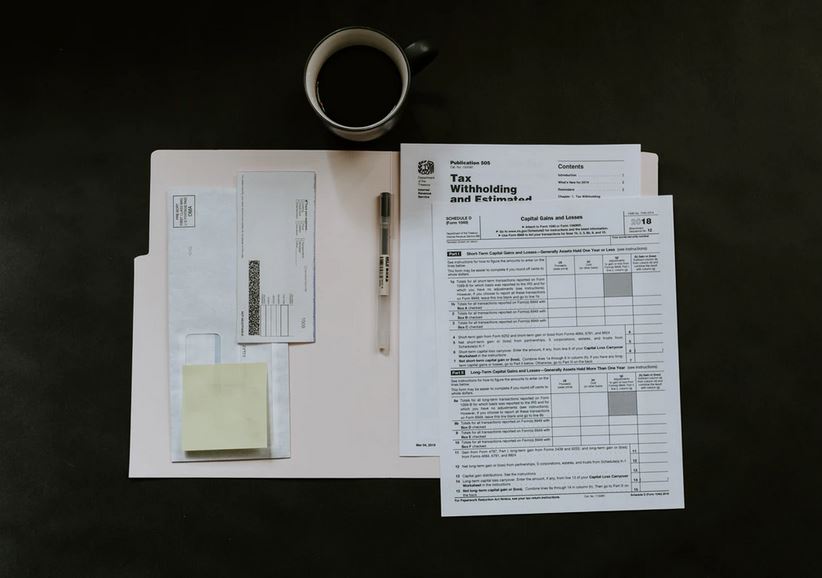Did you know that some Americans may actually have to return their stimulus checks? Here is who and why.
With tax-filing season about to start on Feb. 12, millions of Americans who qualified for a stimulus check but never received it are gathering up their paperwork to claim the missing amount on their federal tax returns. But what if you’re on the other end of the scale and the IRS sent you money you weren’t actually qualified to have? Are you required to return it? And would the same rules apply to a third stimulus check?
If you received a stimulus payment you weren’t supposed to, for example, if you make more than the specified income limit, then yes, the IRS expects you to send the money back! The agency is sure there were circumstances where such errors were made on both the first and second round of stimulus checks.
If you were inadvertently sent a stimulus check you were not entitled to, depending on how you got the stimulus payment — by paper check, EIP card or direct deposit — there are specific ways to go about returning it.
There are the situations in which the IRS would want you to return a stimulus check it paid out in error, with the specifics on how to do it.
Promo Opportunity: Ready to help others? Make up to $200,000 a year by becoming a financial assistant
The Circumstances Under Which You Are Required to Return a Payment
If the IRS sent you a stimulus check and any of these situations apply, it was an error and you must return it.
You received a check for someone who has died — but there’s some nuance here (more below).
- You don’t have a Social Security number.
- You’re a “nonresident alien” without a US citizen spouse. (This could change, for some, with a third check.)
- You’re a noncitizen who files federal taxes.
- Your adjusted gross income exceeds the limit; for example, $87,000 for a single taxpayer with the second check.
- Someone else claimed you as a dependent on their taxes.
How to Return an Undeserved Check
If you did receive a check in error due to the above circumstances, here is how to return it. If you already cashed or deposited the check:
- Use a personal check or money order and make the check payable to the US Treasury. You’ll also need to write 2020 EIP and include the taxpayer identification number or Social Security number of the person whose name is on the check.
- On a separate piece of paper, let the IRS know why you’re sending the check back.
- Mail the check to the appropriate IRS location — it depends on which state you live in.
If you never cashed or deposited the check:
- Write “VOID” in the endorsement section on the back of the check.
- Do not bend, paper clip or staple the check.
- On a separate piece of paper, let the IRS know why you’re sending the check back.
- Mail the check to the appropriate IRS location — it varies depending on which state you live in.
If you have not signed up for direct deposit through the IRS, now’s a good time, as a third stimulus check is soon on the way. To do so, you’ll need to add your banking information when you file your 2020 taxes this year. We also encourage you to file your taxes as early as possible this year, specifically because of stimulus checks.

